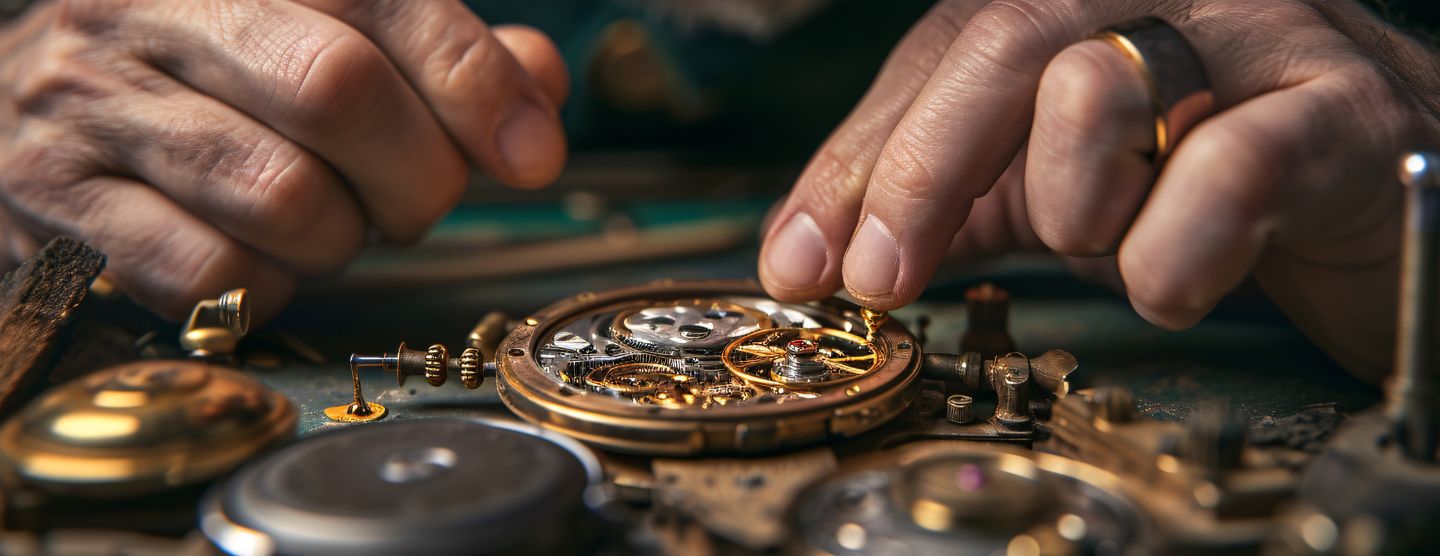Consumer Durables Green Marketing: The Delicate Dance Between Commerce & Conscience
Consumer durable brands in India are increasingly recognizing the importance of sustainability and must use every communication trick both in the book and outside it, to rise to the top of the socially responsible consumer’s mind.
By Rimona for Red Bangle
05 min read
Feb 12, 2024

Walk down an aisle of an electronics store today and you’ll be forgiven for wondering if you are strolling along a leafy boulevard. Washing machines and refrigerators abloom with stickers of leaves and flowers, ACs and microwaves with infographics waxing eloquent about sustainable practices, and salesmen with rosy promises of how much water and power you save. You’re not just buying an oven. You’re saving the earth.
The Green Marketing wave which started in the late 80s and was considered an elite fad is now an essential tool for brands in the consumer durables landscape. Advancements in technology and innovation have made sustainable practices more cost effective. But growing consumer awareness and environmental responsibility isn’t enough for the shift in preferences towards products that prioritize sustainability. There are still financial pressures and knowledge barriers to be considered. Most say when shopping, they’re more concerned about saving money rather than saving the planet, and that it is hard to tell which products are good or bad ethically. And that in the current scenario they believe that the onus of providing sustainable solutions lies with brands.
What Brands Need To Do
Brands must now take on the mantle of being the Guardians of the Galaxy. And navigate through the highly competitive universe of sustainable consumer goods. Battling along the way factors like consumption shift towards safety (particularly post covid), regulatory pressures from governments and international bodies, the need to cut reliance on finite resources and the need to enhance brand image for a competitive advantage.
So long copy print ads have given way to publishing sustainability reports, cute illustrations to green certifications and labels, value for money messaging to environmental messaging, flashy plastics to eco-friendly packaging, traditional brand ambassadors to collaborations with environmental organizations or non-profits, 30 second TVCs to educational content, blogs and videos, aloofness to customer engagement and feedback, grand events to CSR initiatives and manufacturing secrets to supply chain transparency.
So, we’re all eco-warriors now. We’re being educated. Shopping is all about accountability, carbon neutrality and reduced emissions. But try forwarding this article to your mum and she’ll scoff. She’ll remind you of the microwave and hair dryer she bought from a smugglers’ market on her trip to Calcutta 40 years ago. They’re still running. No problem. Better than your fancy double door eco-friendly nonsense that you need to replace every 5 years. No eco-certification label and circular economy narrative can convince her otherwise. Admit it. She kind of knows what she’s talking about. Product lifespan is critical to sustainability. The environmental and economic implications of a throwaway culture are enormous and completely defeat the purpose of sustainable marketing.
Products must be built to last. Integrating durable materials with advanced manufacturing techniques, superior testing and quality assurance are way more important than leaf shaped stickers. Robust return, recycling and repair strategies are critical to address two of the burning platforms for electronics and durable industries – reduction in carbon footprint and pollution from waste.
Green Marketing Best Practices
Some brands around the world are leading the way in sustainability not just in advertising or promotions, but in design, manufacturing, distribution, and packaging as well.
1. Ecofriendly materials and energy saving manufacturing processes – Samsung
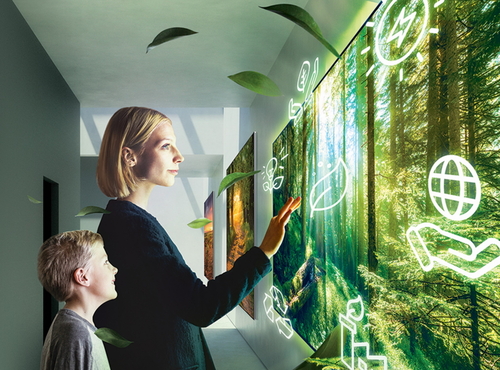
2. Improved energy efficiency of products – Philips & Havells
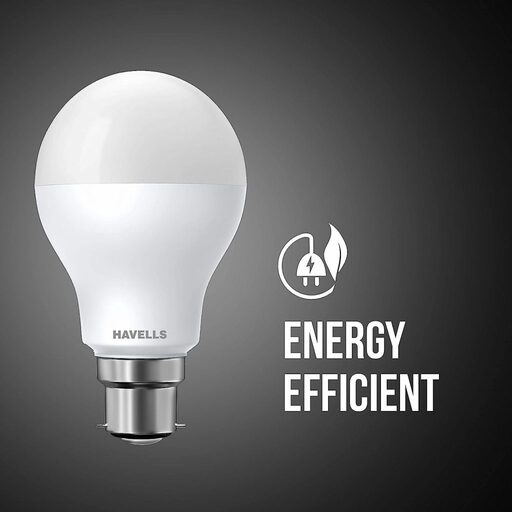
3. Sustainable materials, responsible sourcing and fair labour practices and community impact practices – Ikea
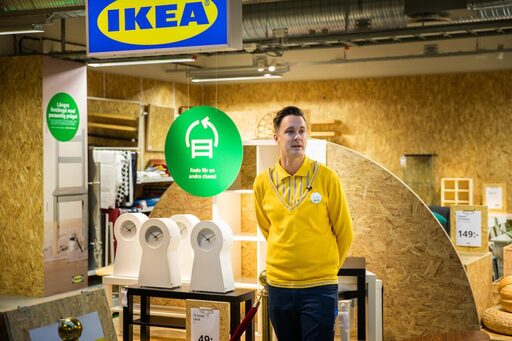
4. Lower carbon emissions, solar energy production – Tesla, Mahindra Electric
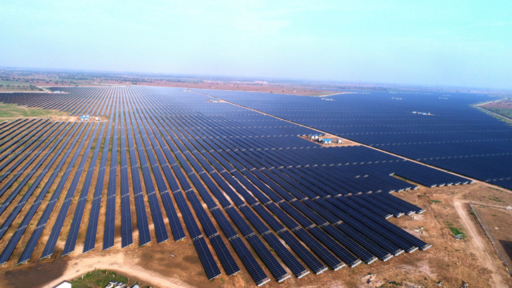
5. Focus on durable and long-lasting products and eco-friendly packaging – BoAT

6. Environmentally friendly materials like natural latex and organic cotton – Wink & Nod Mattresses

7. Durable and recycled materials – Away Luggage
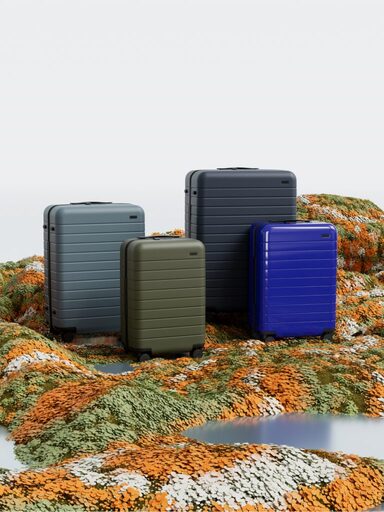
8. Plant based plastic elements – LEGO
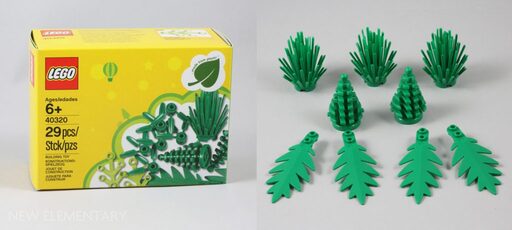
But for every brand that is doing the right thing, there is another for whom ‘greenwashing’ is an accepted practice. Presenting information in a way that makes it seem more environmentally responsible than it actually is, aiming to capitalize on the growing consumer demand for eco-friendly and sustainable products. So, with every ad, brochure, social post, billboard and press release, every eco-friendly innovation, every commitment to ethical practices and every community impact initiative, truly sustainable brands must try doubly hard not just to sell but also educate. Mere emotional appeals, token gestures, cherry picking data, misleading marketing claims and false certifications offer only short-term benefits.
Consumer durable brands that strive for long-term viability must aim to not just to adorn every individual home but also to nurture the Earth we all call home. The green halo is the new gold standard.


